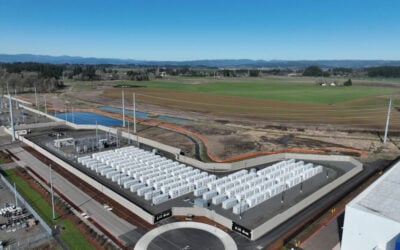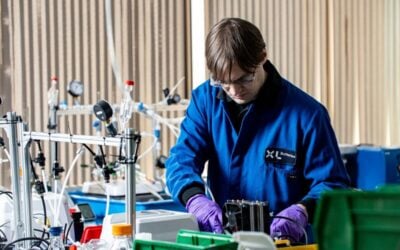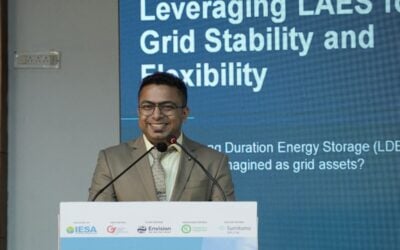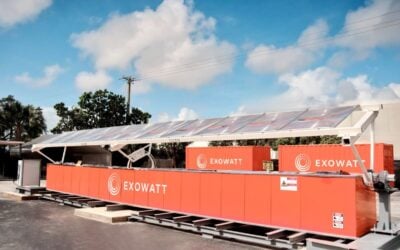
The California Public Utilities Commission (CPUC) has authorised a new centralised strategy for procuring long-lead-time resources, including long-duration energy storage (LDES).
CPUC’s decision issued last week (22 August), implements California Assembly Bill 1373 (AB 1373), directing the regulator to assess the need for the State’s Department of Water Resources (DWR) to head up procurement of clean energy resources.
The plan, as reported by Energy-Storage.news in July, is based on an initial need determination made by the CPUC, which found that up to 10.6GW of long-lead-time (LLT) clean energy resources should be procured by 2037 in support of California’s 2045 decarbonisation goal.
This would include up to 7.6GW of offshore wind and up to 1GW of geothermal, alongside up to a gigawatt of long-duration energy storage with at least a 12-hour discharge period and up to a gigawatt of LDES with multi-day discharge capability.
Try Premium for just $1
- Full premium access for the first month at only $1
- Converts to an annual rate after 30 days unless cancelled
- Cancel anytime during the trial period
Premium Benefits
- Expert industry analysis and interviews
- Digital access to PV Tech Power journal
- Exclusive event discounts
Or get the full Premium subscription right away
Or continue reading this article for free
The resources were strategically selected for their ability to support California’s greenhouse gas (GHG) emissions reduction goals, scale up the technologies to reduce costs, enhance the diversity of the California resource mix, and enable their more effective integration into the grid.
Solicitations for the geothermal and LDES resources would begin in 2026, for resources to come online between 2031 and 2037, while offshore wind solicitations would begin in 2027 for online dates between 2035 and 2037.
As noted in our July article, several stakeholders responding to a consultation on the strategy were opposed to the inclusion of lithium-ion (Li-ion) battery storage within the scope of eligible LDES technologies.
The California PUC took this into account and selected technologies that energy providers are not procuring in large enough quantities to create scale and lower costs. Pumped hydro energy storage (PHES) resources, on the other hand, are eligible but only for installations of 500MW or under that had already been allocated state funding prior to 1 January 2023.
The regulator wants to establish competition across a broad range of resource categories, encourage competition where possible, and maximise opportunities to reduce costs over time through a series of solicitations.
CPUC, or DWR as the Central Procurement Agency, may decide not to procure certain resources if the cost to ratepayers would be too high. CPUC’s proposed decision including the latest revisions can be seen here.
While the procurement strategy identifies a specific need for LDES resources of 12-hour duration or more, California’s resource mix will likely also see a proliferation of long-duration storage of up to and including 8-hour duration as it nears its 2045 net-zero target date.
The California Energy Commission recently found in a report that in fact the majority of LDES to be deployed in the coming years will likely be 8-hour, from a fleet of energy storage systems (ESS) ranging from 4-hour to 100-hour. This would be highly dependent however on longer-duration systems becoming cost-competitive on a dollars-per-kilowatt basis, as examined in a recent ESN Premium article.





